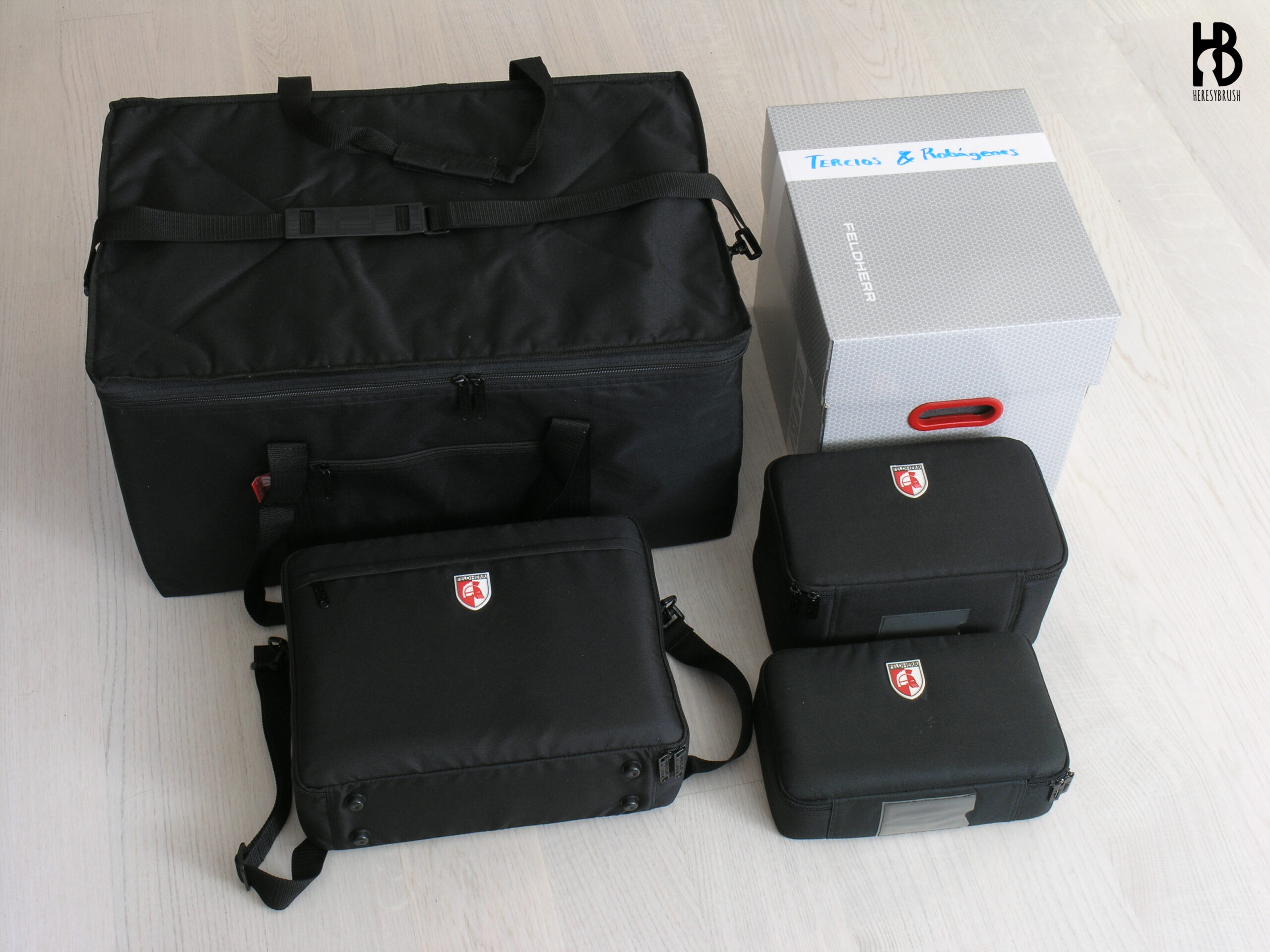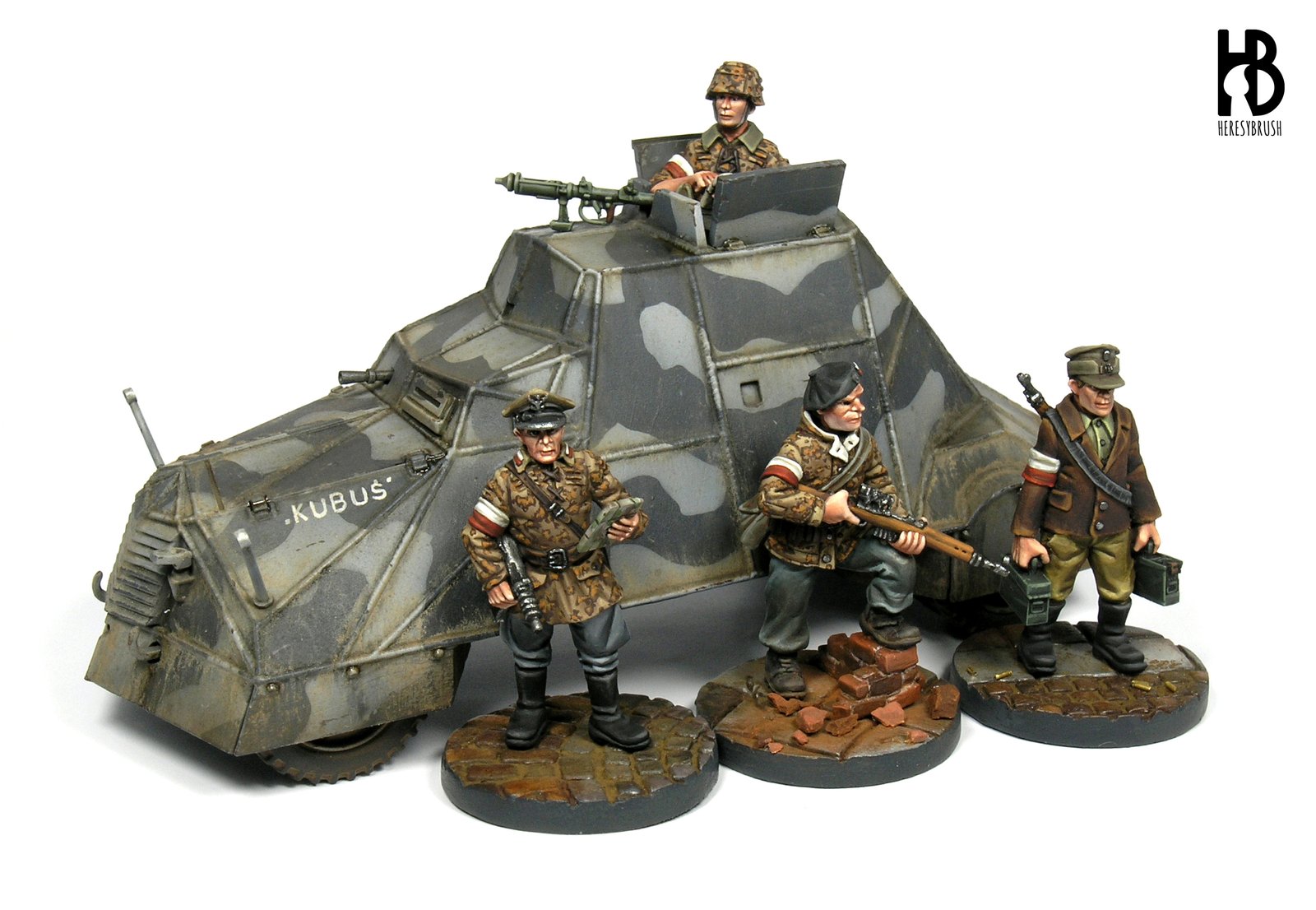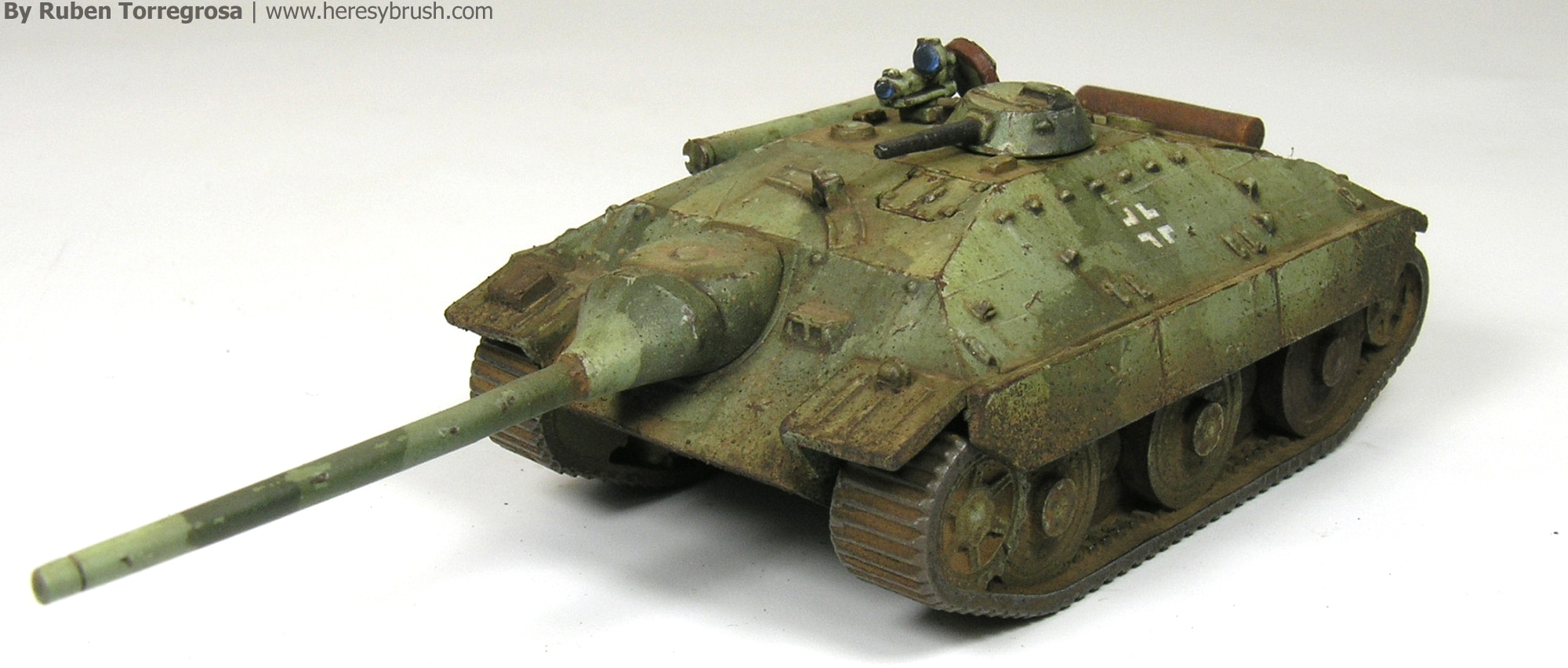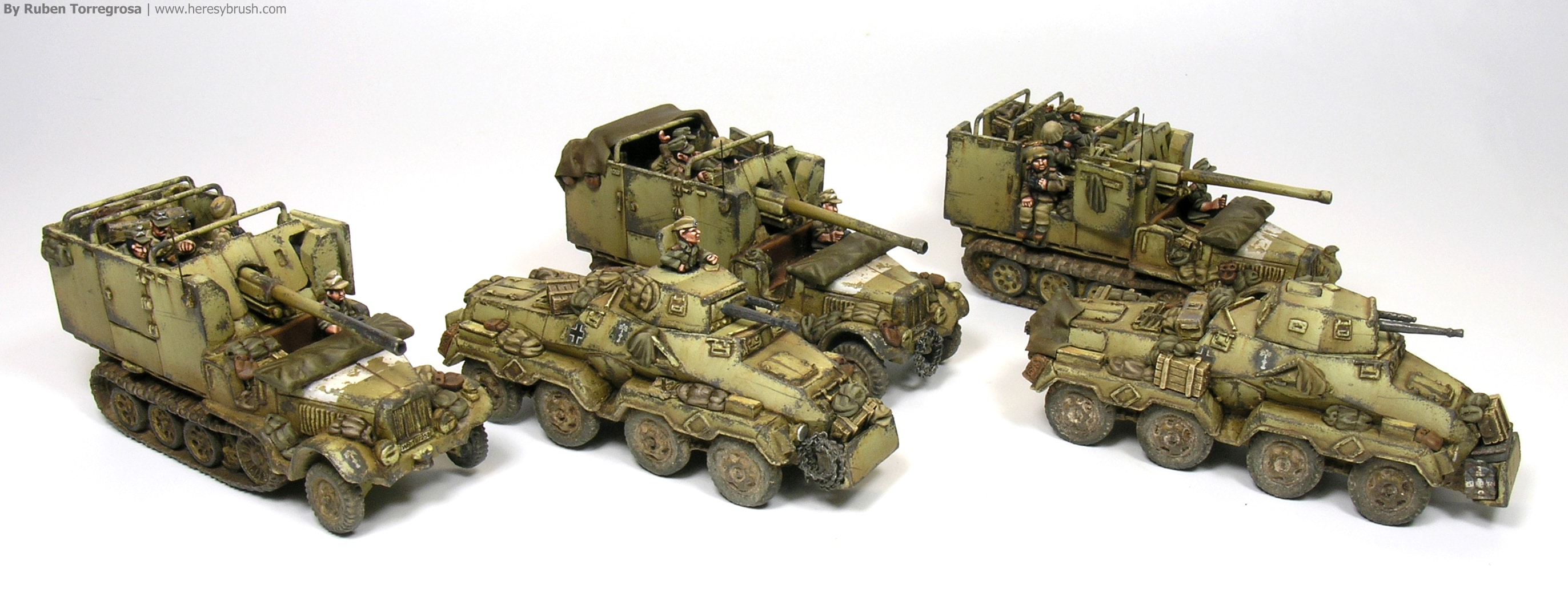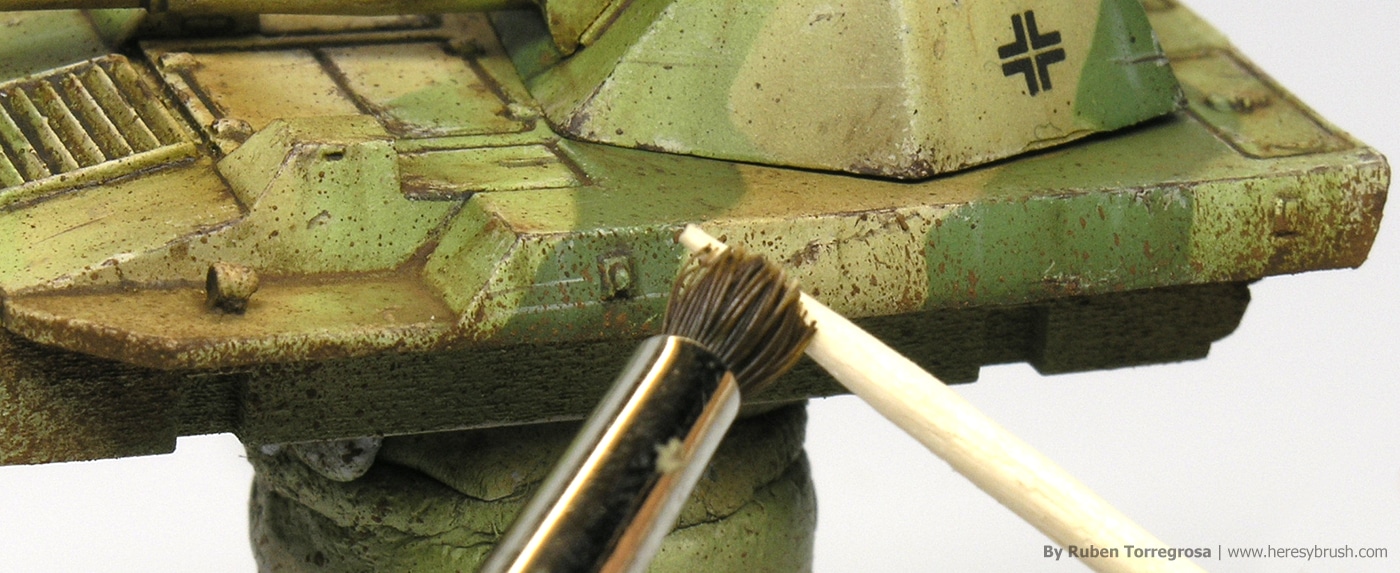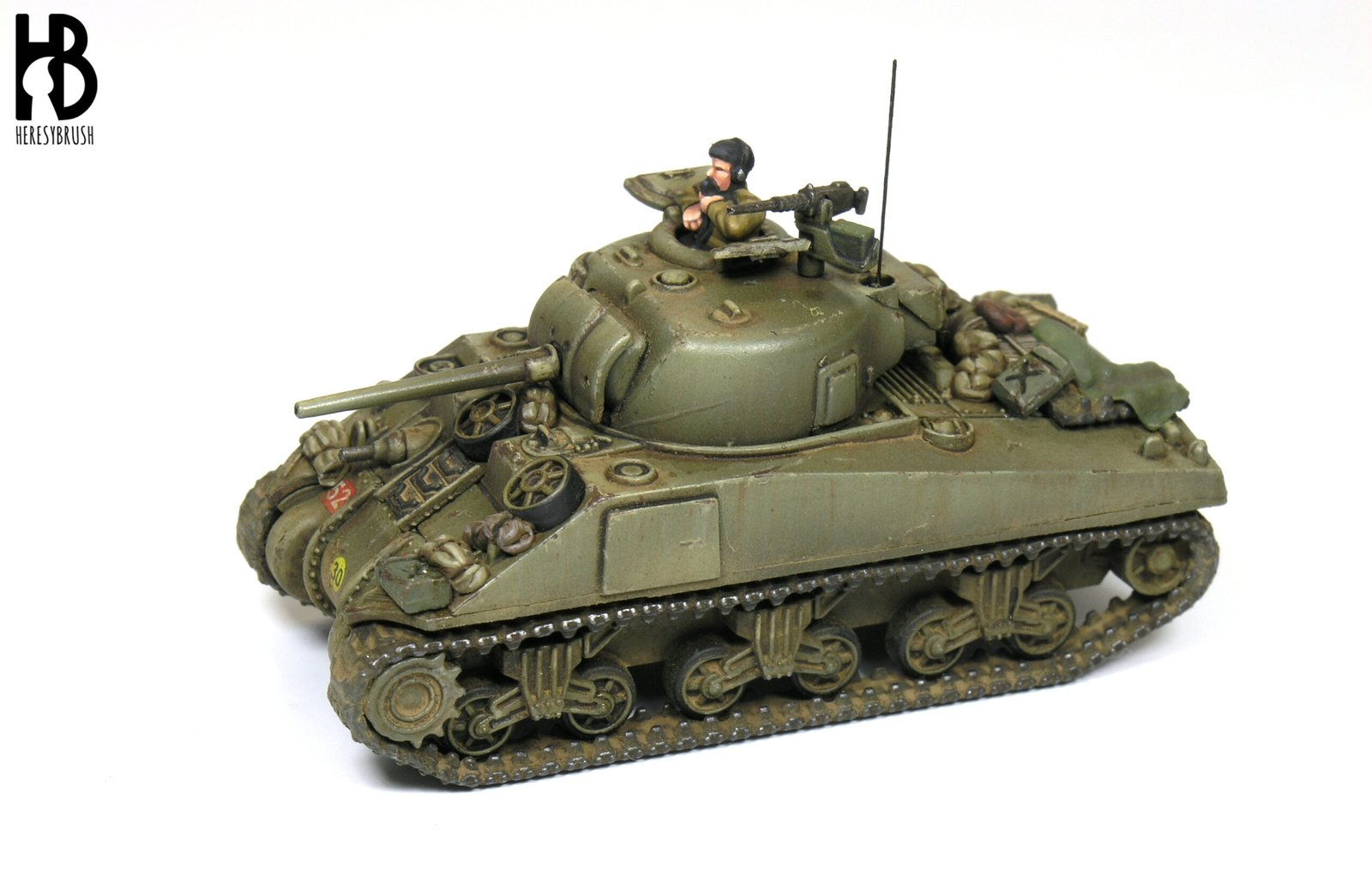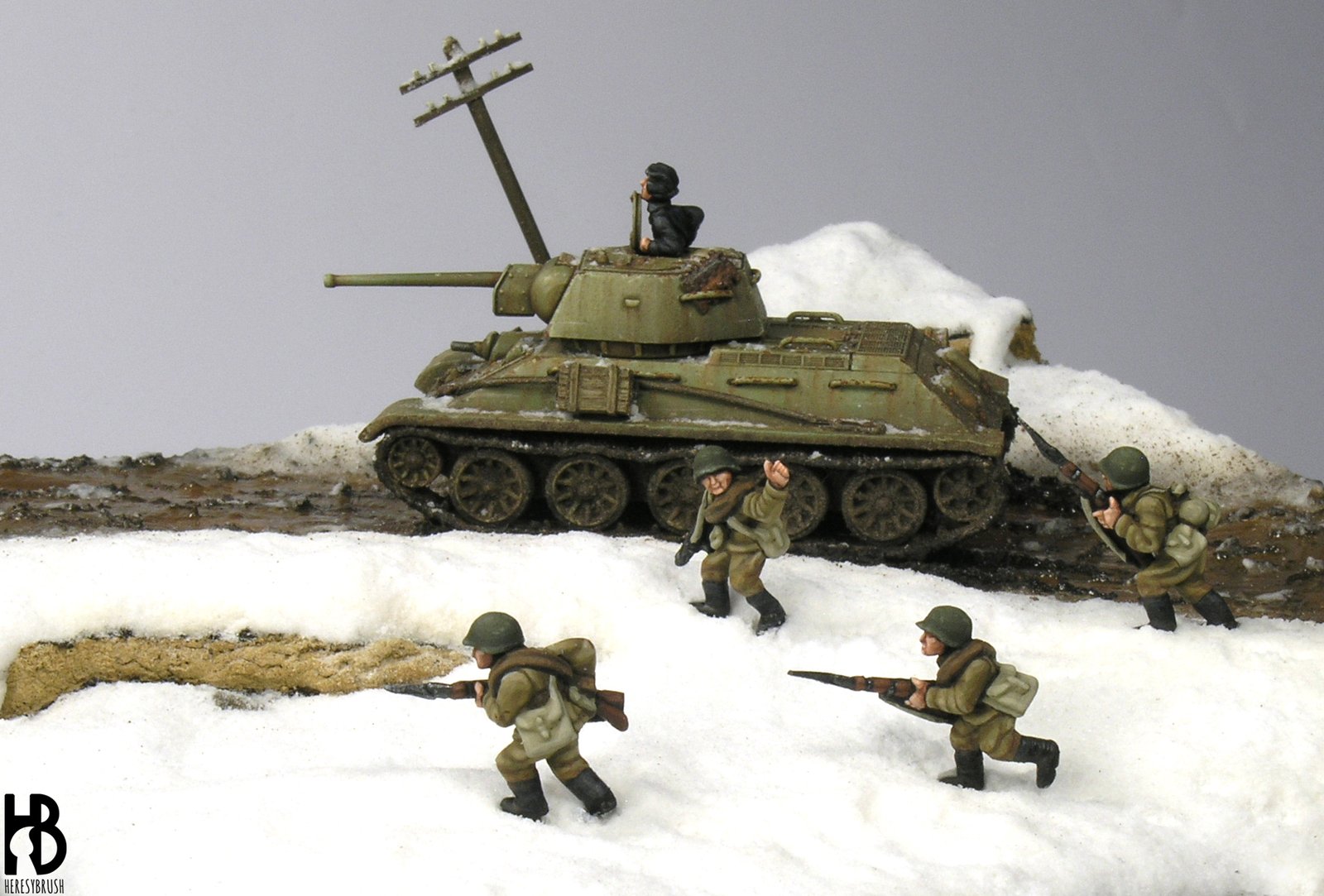In this article I would like to discuss in detail filters and washes, two painting techniques that although apparently similar fulfill very different objectives. This topic deserves its own article as many people mix up what is what. Indeed, to make it even more complicated, quite often these two techniques are confused with two different types of paint (acrylics and enamels). However, filters and washes (painting techniques) can be applied using either acrylics or enamels (types of paint). First, it is important to clarify that we can use two different types of paints on our scale models: water based…
How to store our figures with Feldherr
This post is a little bit different compared with what I normally discuss in the blog, but still it covers a very important part of our hobby: how to transport our painted figures safely and comfortably (for us and for them). Yes, I do not only paint, but I also play! (not as much as I would like, I have to say). I use to keep my miniatures in a showcase with glass doors at home, where they are protected from the dust and I can easily have a look at them if I wish (strangely, I find it very…
Color Modulation in 15mm
We have recently talked about several lighting systems for 15mm scale models (this post). One of these systems or styles is the so-called color modulation that we will discuss in further detail in this article. When painting 15mm tanks we can simply apply the desired color, for example olive green for a Sherman, and then just paint the details. But the results will be likely very flat. Furthermore, the tank will look very dark because small objects, such as our small 1:100 models, reflect less light than bigger size objects, such as the real vehicle. Therefore, it is very important…
How to paint the WWII Polish Kubuś armoured car
I recently had the opportunity to paint the wonderful new 28mm range from JT Infamous featuring the WWII Polish Home Army, which includes a very charismatic armored soft-skin, the Kubuś. The range includes a mixture of fighters wearing civilian and military garments that results in a very colorful army. If you are planning to start a new Bolt Action army, have a look at JT Infamous website! Thanks to JT Infamous you can download for free a detailed step by step painting guide showing how to paint the Kubuś using acrylic and enamel/oil paints from AMMO: And stay tuned: soon…
Painting 15mm tanks: E25 tank hunter
I painted this German tank –one of my favorites WWII tanks, although it was a prototype– two years ago. It is a E-25 tank, produced in 15mm by Khurasan Miniatures. Although I have already published similar painting guides in my blog, I think that there is always something new to learn. The main topic of this article is the combination of the hairspray technique (or chipping effect fluid) with masks to create worn tritonal camouflage. Step 1 – Preparation We remove all imperfections from the model with a modelling knife and files. Then, glue some parts such as hatches, but…
How to paint Afrika Korps vehicles
After painting two infantry platoons of Deutsche Afrika Korps for my brother, I have painted two vehicles units: three tank hunters Diana and two recon Sdkfz 232 8 rad. I wonder when he is going to start painting the rest of his army! Anyways, I wanted to share with you this simple painting guide to simulate the classical chipping effect on DAK vehicles using an easy technique. When I have a vehicle platoon in my hands, I always try to avoid the repetition and monotony. That is, whether I have three vehicles in the platoon, I will add different elements…
Mud splatter effects in 15mm
While I am working on different projects, such as the new PaintingWar book focused on the Spanish Civil War, I have no time to prepare any tutorial for my blog. It is a pity. Nonetheless, you can follow my work in www.ModelBrush.com, a blog which I run with some friends. Strikingly, I have found an abandoned painting guide in my computer (that is, unpublished) and I would like to exploit it, starting by this “mud splatter effects in 15mm” tutorial. A very simple but very effective weathering effect. I have already commented this effect several time in my blog, but…
How to paint a British Sherman tank, and a new book: Painting Wargame Tanks
It’s a great pleasure to announce a new book published by AMMO of Mig Jimenez where I have actively been collaborating beside Mig Jimenez and Carlos Cuesta. The book contains 96 pages. After a short introduction about general materials and techniques (differences between acrylics and enamels, what is a filter or a wash, how to clean the airbrush…) you can find ten complete painting guides “step by step” of different tanks (mostly Germans, but there are also from USA and Soviet Union). The three firsts pretend to assimilate the knowledge showed in the introduction (we can say “basic level”), while…
K.O. vehicles in 15mm
K.O. Wrecked vehicles. They have something special, aren’t they?. When we see an intact tank, we can usually know his history. If it is discolored and covered by dust, we can imagine it has been fighting in the desert of North Africa. If the mud blocks the tracks, the tank has been probably rolling on some Russian road. But what about an abandoned tank?. Which was his problem? Why the crews decided to give up their steel friend?. Any possibility is right. The K.O. and wrecked vehicles are much more open to our imagination!. And because that, in my opinion…
Decals, transfer and stencils
Decals, transfer or stencils? Nowadays we have different possibilities when we want to put the Balkan cross in a Panzer IV, or the allied start in a Sherman. However, decals for vehicles are dominating the Wargames, thanks to games such as Flames of War or Bolt Action. But in large scales we can find other options, like transfer or stencils, and we can also use them for our 15mm models. Decals and transfer are too similar -a printed film above a paper-, but the application is different. Using decals, we wet the paper in first place, and when the decal…

